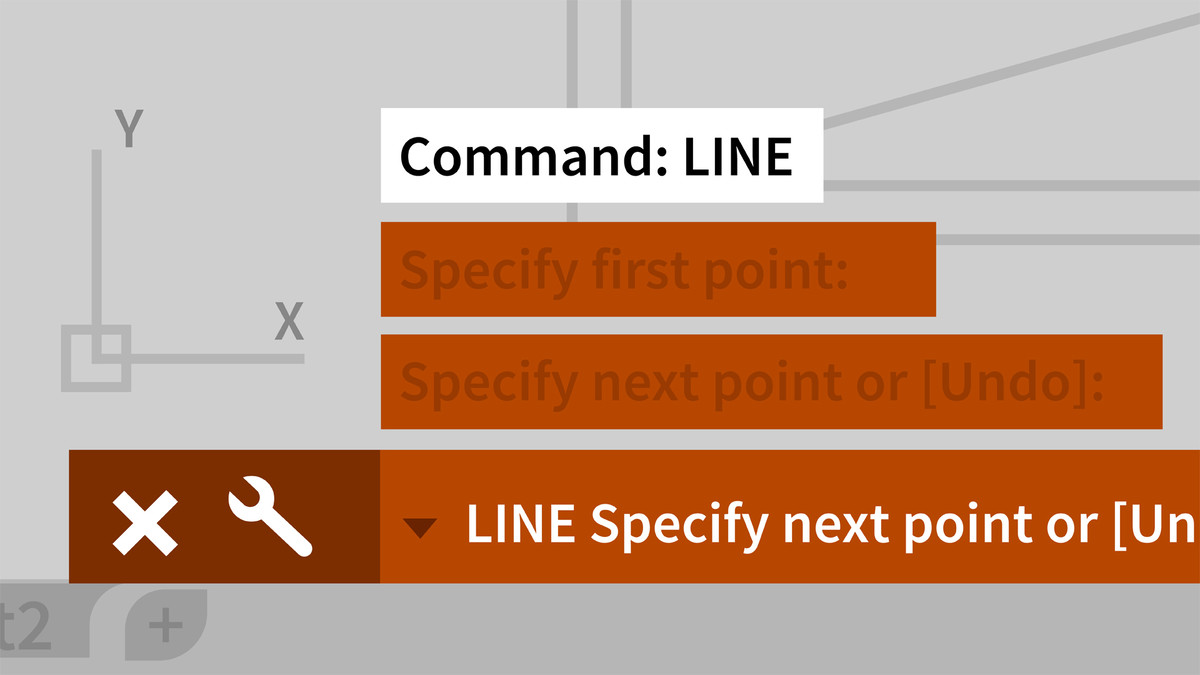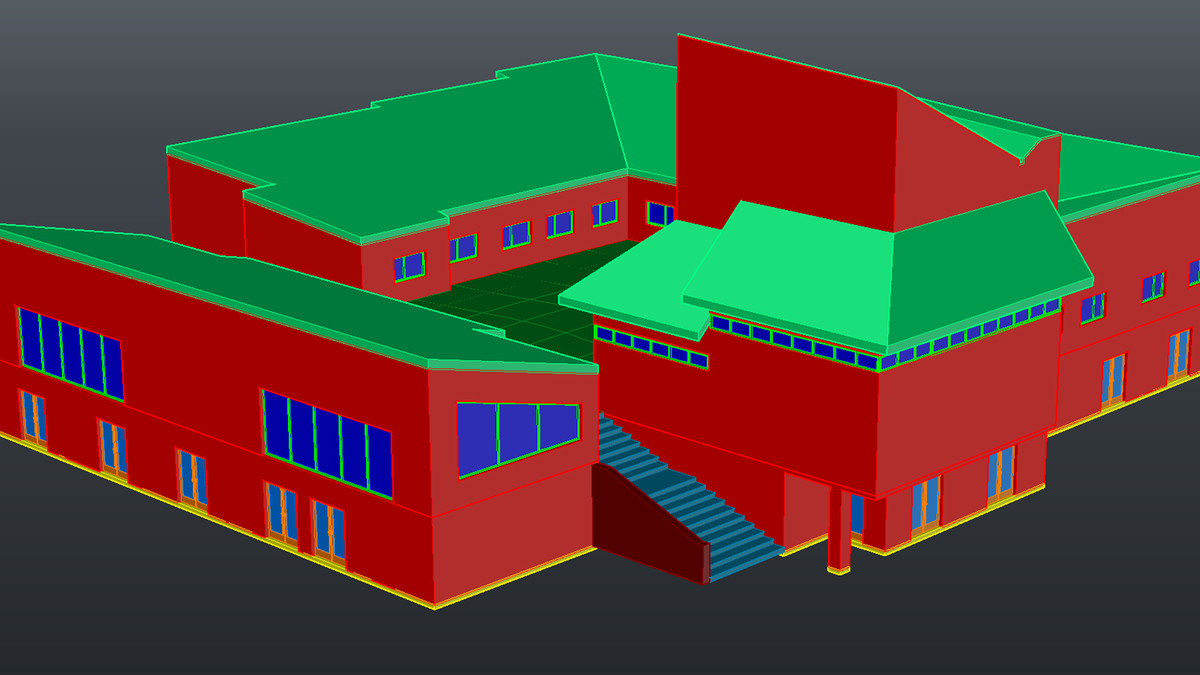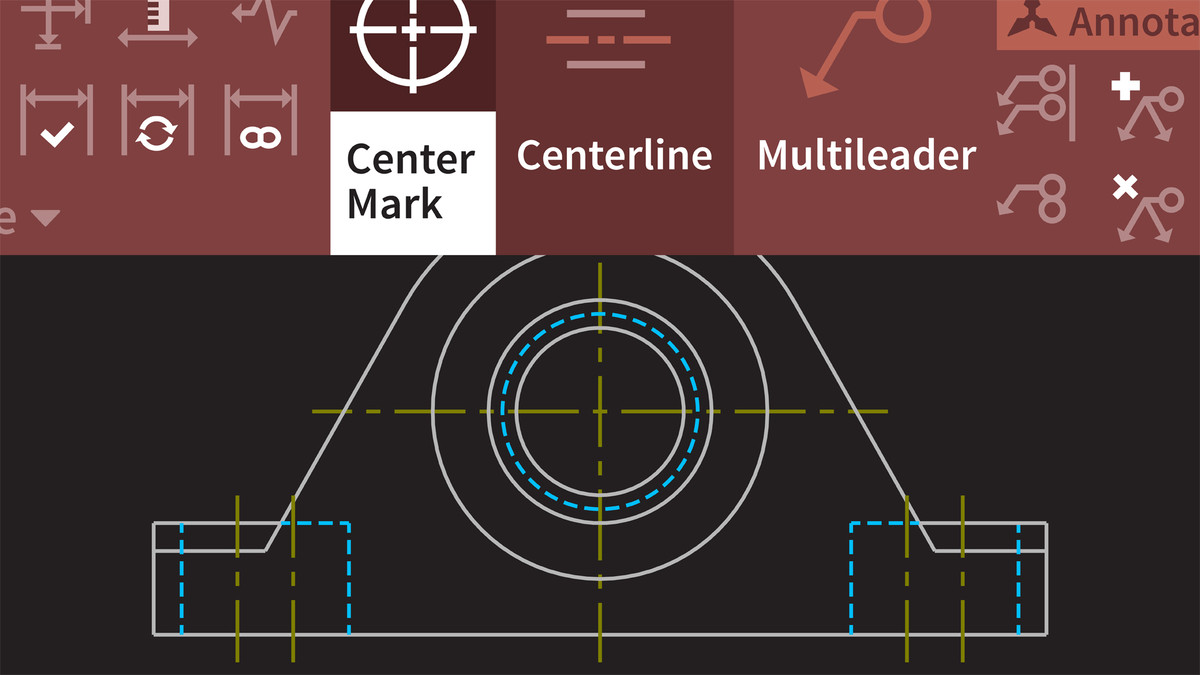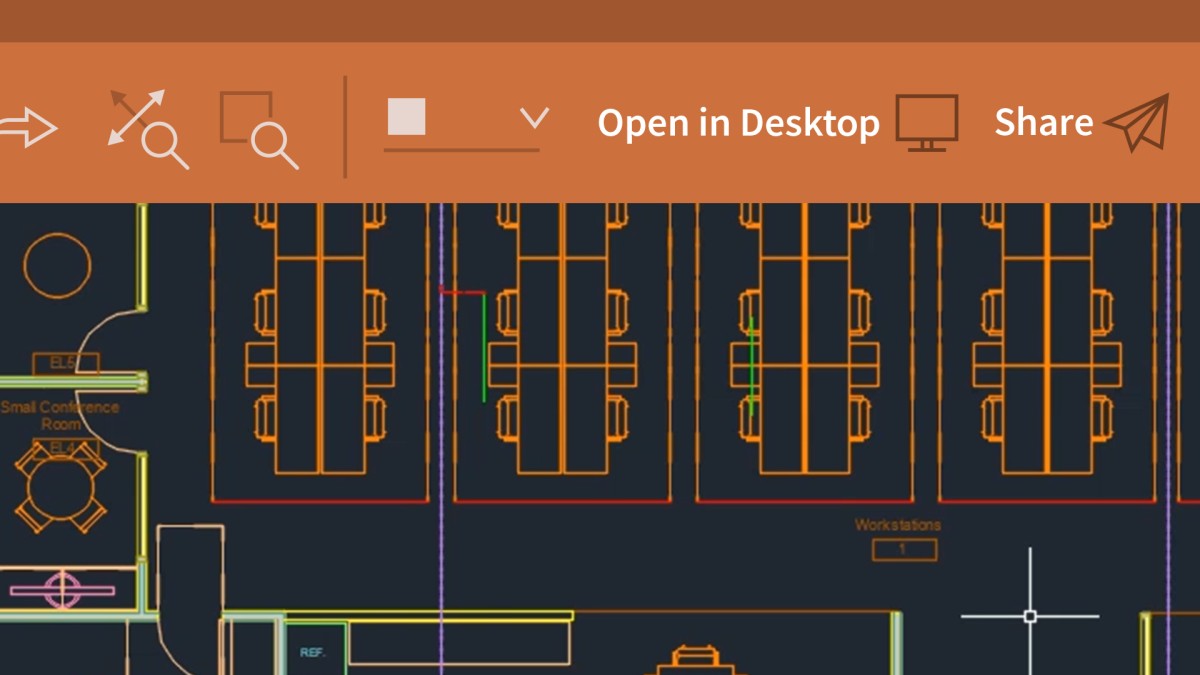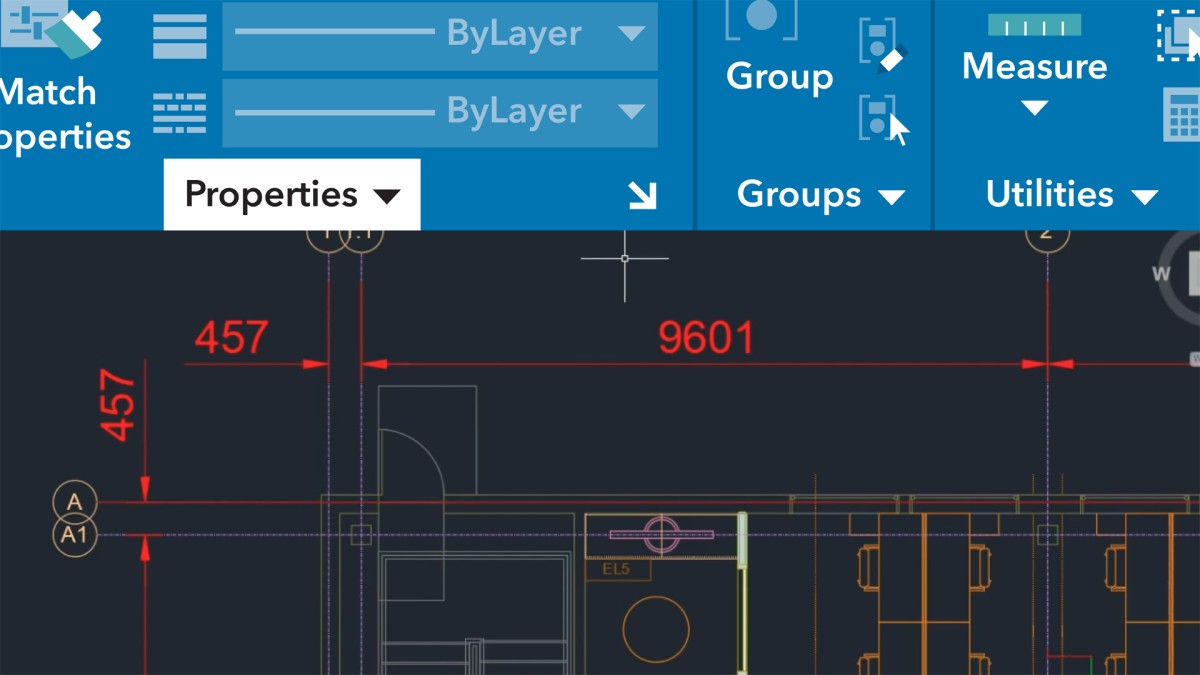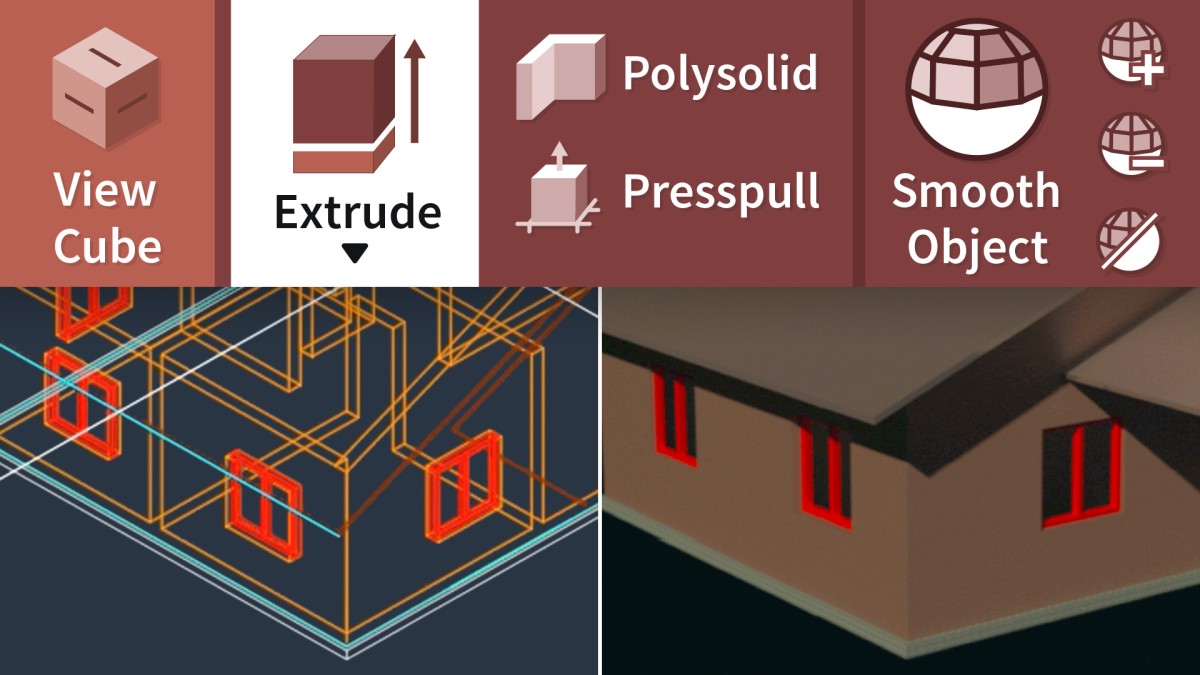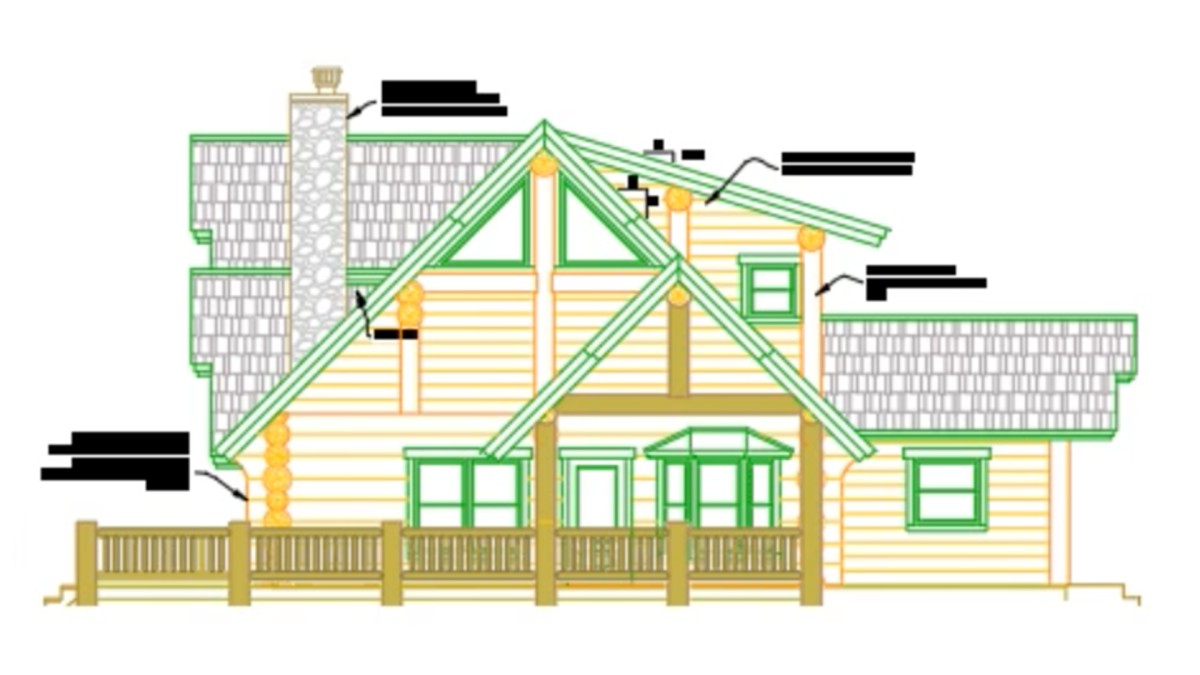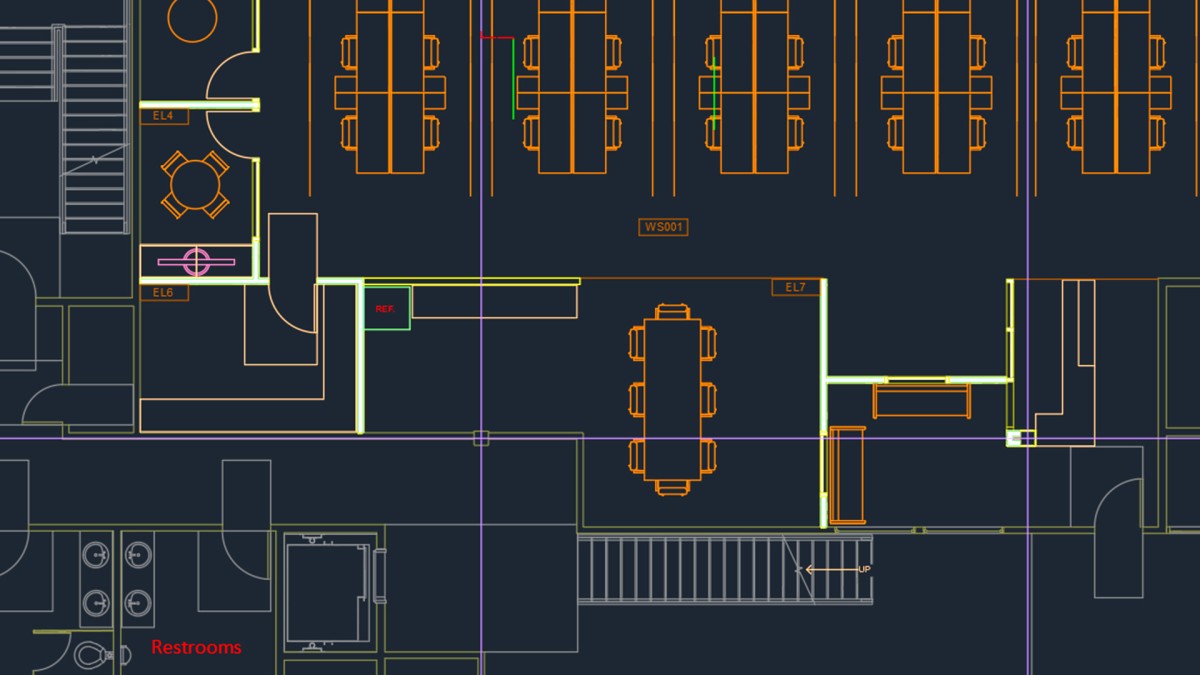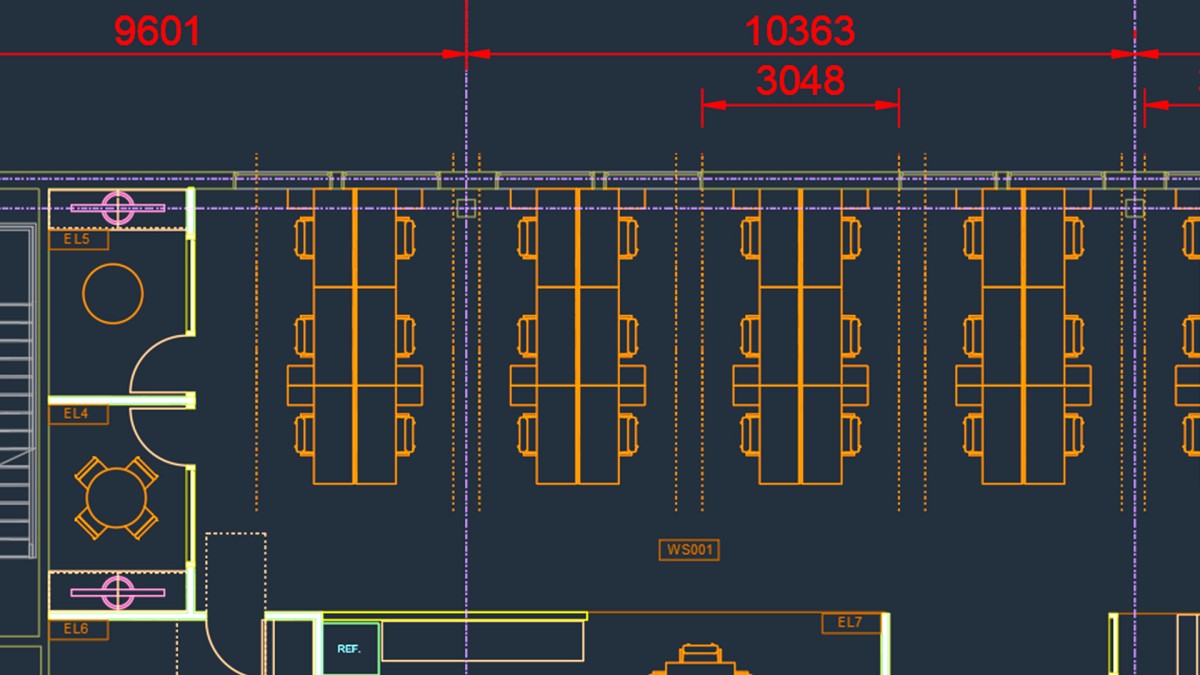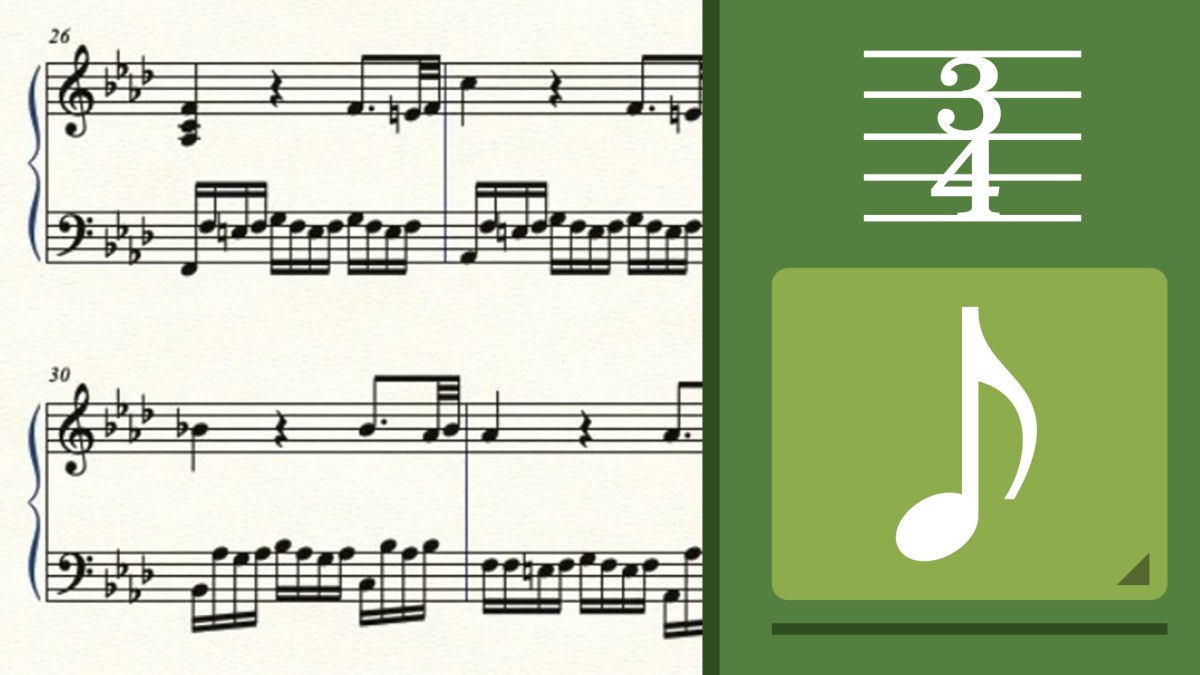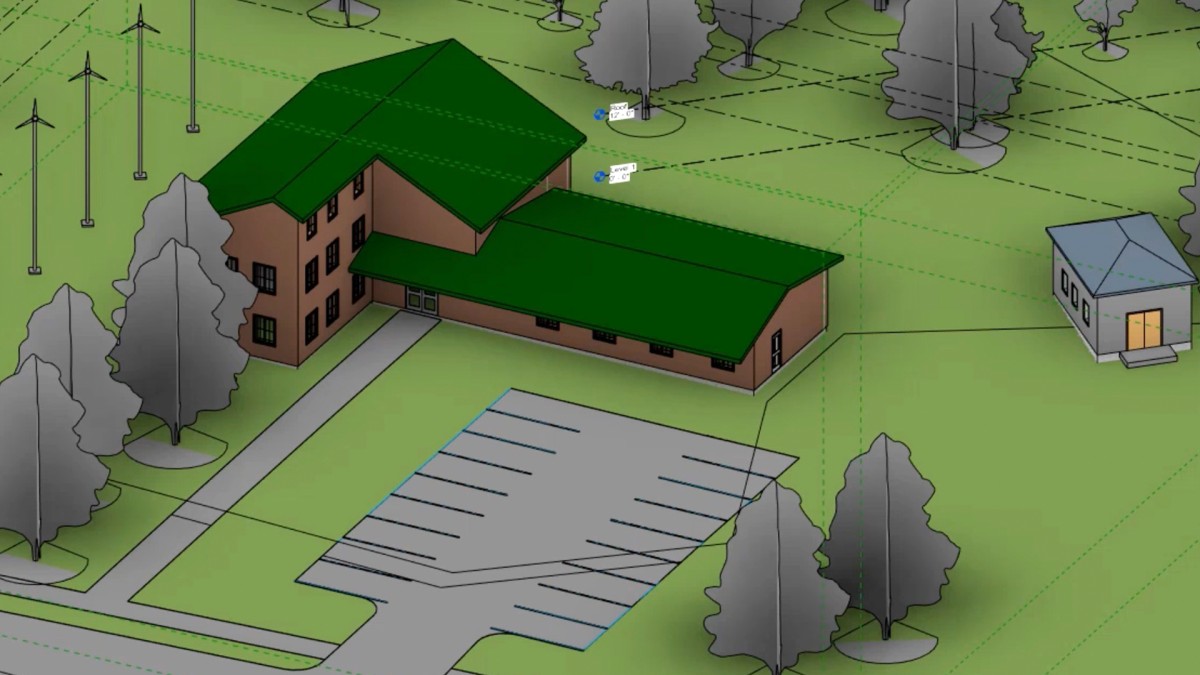Introduction
The essentials of AutoCAD
()
The advantages of using AutoCAD
()
What you should know before watching this course
()
Using the exercise files
()
The AutoCAD 2023 user interface
()
1. The AutoCAD Interface
The application menu
()
The infobar
()
The Quick Access Toolbar (QAT)
()
The ribbon and panels
()
Using workspaces in AutoCAD
()
Working with palettes and dialog boxes
()
The command line
()
Using Dynamic Input (DYNMODE)
()
The status bar
()
Using your Autodesk account
()
2. Using Units and Options
Setting drawing units
()
Setting the Options dialog box
()
Drawings using metric units
()
Drawings using imperial units
()
Working with templates: DWT
()
3. Navigating Your Drawings
Working with the ViewCube and the Navigation Bar
()
Modelspace and Paperspace
()
Saving and restoring views
()
The mouse and mouse settings
()
4. Drawing Accurately
Using Grid and Snap
()
Working with coordinates
()
Using Dynamic Input (DYNMODE)
()
Direct Distance Entry (DDE)
()
5. Creating Simple Geometry: The Basics
OSNAP and OTRACK
()
POLAR and ORTHO
()
Lines, arcs, and circles
()
Polylines and splines
()
Using Realtime Zoom and Realtime Pan
()
6. Other Drafting Tools
Rectangles and polygons
()
Points and donuts
()
Ellipses
()
Isometric drafting (ISODRAFT)
()
7. Exploring the Interface Further
Working with the file tabs
()
The shortcut menu
()
8. Modifying Objects
Selecting objects
()
Using Move and Copy
()
Using Rotate and Scale
()
Using Mirror and Offset
()
Using Break and Join
()
Using grips and grip editing
()
Using Boundaries
()
Using Fillet and Chamfer
()
Using Divide and Measure
()
Editing polylines and splines
()
Using Trim and Extend
()
Creating and using arrays
()
Using Stretch and Lengthen
()
9. Hatching and Gradients
Using the Hatch command
()
Using the Gradient command
()
Using Draw Order to display hatches and gradients
()
Editing hatches and gradients
()
10. Annotating Your Designs
Creating and using text styles
()
Single line text (TEXT) and multiline text (MTEXT)
()
Creating and using dimension styles
()
Adding dimensions to your drawings
()
Using Quick Leader (QLEADER) in your drawings
()
Creating and using table styles
()
Adding a table to your drawing
()
Creating and using multileader styles
()
Working with multileaders
()
Aligning text
()
11. More Dimensioning Techniques
Editing dimensions and dimension overrides
()
Breaking and spacing dimensions
()
Using Continue and Baseline
()
Automatic dimensioning
()
12. Object and Layer Properties
Working with object properties
()
Changing the linetype scale
()
Using Hide and Isolate
()
New layers and the layer drop-down menu
()
Using the layer tools
()
Working with layer states
()
13. Reusing Content
Using groups
()
Creating and inserting a block
()
Redefining block definitions in a drawing
()
Using the EXPLODE command
()
Creating a simple dynamic block
()
Using the WBLOCK command
()
14. Attributes and Tables
Creating a simple block with attributes
()
Enhanced Attribute Editor
()
Working with table styles
()
Designing a table
()
Adding fields to a table
()
15. External References (XREFS)
Attaching and overlaying XREFS
()
Altering and clipping XREFS
()
Editing XREFS
()
Editing XREFS in place
()
16. Working with Viewports and Annotation
Locking viewports
()
Freezing viewport layers
()
Using annotative text styles
()
Using annotative dimensions
()
Using revision clouds
()
17. Communicating Your Design Intent
Creating a simple titleblock
()
Defining your page setup
()
Adding new scaled viewports
()
Using annotative scaling
()
Printing and plotting
()
18. Creating Output
Plotting from the Model and Layout tabs
()
Packaging with eTransmit
()
Batch Plotting (PUBLISH)
()
Outputting to different file formats
()
Using Autodesk Design Review with a DWF file
()
Checking a reviewed DWF file in AutoCAD
()
19. Drawing Management Tools
Comparing drawings with DWG Compare
()
Using the Count functionality to check the number of objects in a drawing
()
20. Collaboration Tools
Working with cloud-based storage
()
Saving and opening to and from AutoCAD web and mobile folders
()
Working with the AutoCAD web app
()
Using the Traces palette to collaborate in AutoCAD web
()
Using the Traces palette to collaborate in AutoCAD desktop
()
Sharing drawings with others from AutoCAD
()
Ex_Files_AutoCAD_2023_EssT.zip
(6.5 MB)


